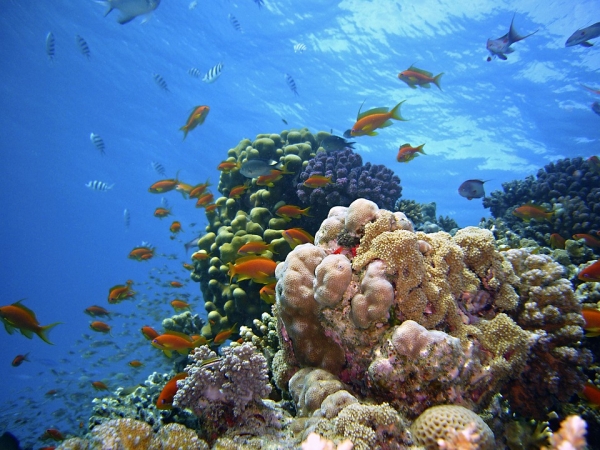Coral species exhibit different temperature tolerances. This is in part due to the composition of their microalgae symbionts. With a new method, researchers from Uppsala University were able to predict how individual microalgae might behave under future temperature stress and identify more tolerant coral symbionts.
Coral reefs provide sustenance and income to an estimated half billion people, attract tourists, protect coastlines and are among the most biodiverse ecosystems on our planet. Despite their importance, more than half of the world’s coral reefs are now under stress, primarily due to climate change and related human activities. Stressed corals ‘bleach’, which describes the disruption of the symbiosis between corals and their photosynthetic partners, heavily pigmented microalgae that provide most of the energy to their coral host.
This causes the coral skeleton to appear white (hence bleached) and leaves the coral in a state of energy shortage until new – perhaps less temperature-sensitive – symbiont cells are taken up from the environment. The temperature sensitivity of a coral thus depends in part on the temperature sensitivity of its symbionts, which has made the investigation of temperature tolerance among coral symbionts an intense research topic.
Read more at Uppsala University
Photo credit: joakant via Pixabay


